
Plant disease threats from overseas
New plant diseases that could one day blight Australian ecosystems are incubating in overseas plantations and crops of Australian plants.

New plant diseases that could one day blight Australian ecosystems are incubating in overseas plantations and crops of Australian plants.

People, wildlife, agriculture, infrastructure – no aspect of our lives is safe from the destructive power of invasive ants now found in Australia.

Most plants being promoted as in Australia as biofuels are serious weeds that should not be grown.
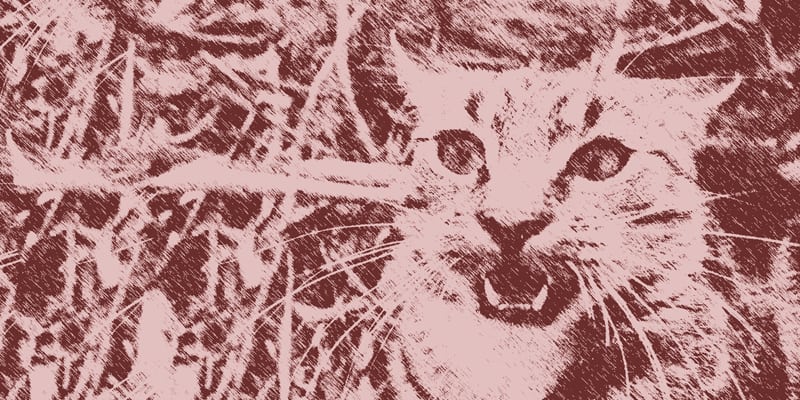
The Biosecurity Bill marks the final stage in a major overhaul of the way Australia protects its borders from invasive species.
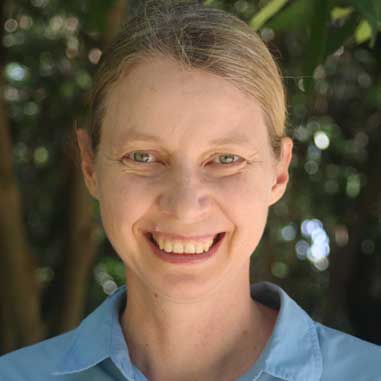
Help us in the battle against yellow crazy ants by joining the Townsville Yellow Crazy Ant Community Taskforce.

Our report ‘Sowing the Seeds of Destruction’ details the environmental risks posed by weedy pasture plants being used for salinity control in southern Australia.
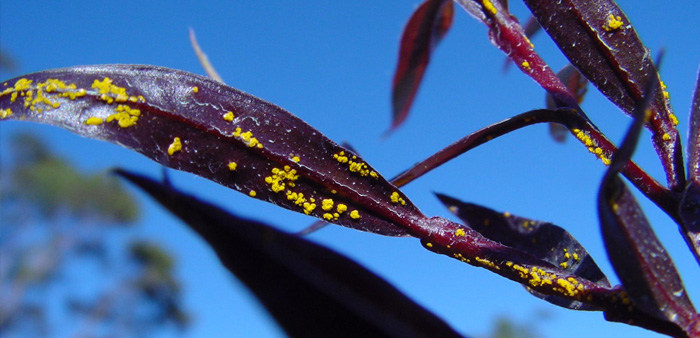
In April 2010 a new pathogen that could fundamentally alter Australia’s ecology was detected in NSW. Australia was caught off-guard in responding to this new incursion.

Our invasion watch profiles detail some of the most frightening invasive insects we need to keep out of Australia.
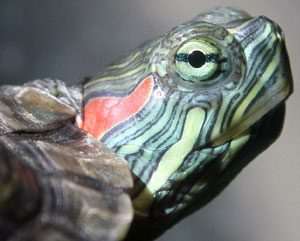
These case studies illustrate the need for Australia to prevent the establishment of new invasive species in the country.
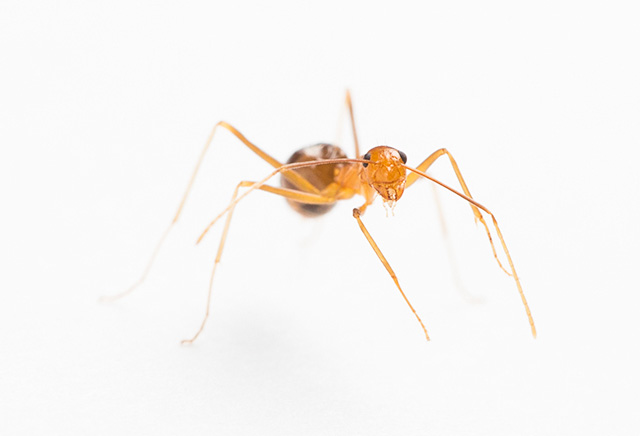
First-hand accounts of the impact of these acid-spitting ants on people, pets and wildlife are horrific.

Our Work Invasive species include pest animals like feral cats and foxes, introduced marine pests, weeds, diseases, fungi and parasites, as well as insects from

Cat-lover or not, none of us can escape the devastating impacts feral and roaming cats are having on Australia’s wildlife.
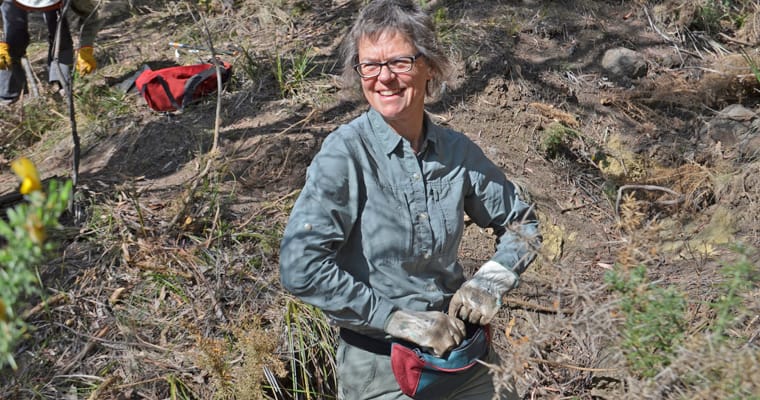
We’ve compiled a list of Bushcare, Landcare and Coastcare groups across Australia to help you connect with locals working on weeds.

Gamba grass was declared a weed by both the Queensland and Northern Territory governments thanks to our efforts.

Pathogens, known to most people as germs, are viruses, bacteria and fungi that cause disease when they infect other organisms.

New plant diseases that could one day blight Australian ecosystems are incubating in overseas plantations and crops of Australian plants.

People, wildlife, agriculture, infrastructure – no aspect of our lives is safe from the destructive power of invasive ants now found in Australia.

Most plants being promoted as in Australia as biofuels are serious weeds that should not be grown.

The Biosecurity Bill marks the final stage in a major overhaul of the way Australia protects its borders from invasive species.

Help us in the battle against yellow crazy ants by joining the Townsville Yellow Crazy Ant Community Taskforce.

Our report ‘Sowing the Seeds of Destruction’ details the environmental risks posed by weedy pasture plants being used for salinity control in southern Australia.

In April 2010 a new pathogen that could fundamentally alter Australia’s ecology was detected in NSW. Australia was caught off-guard in responding to this new incursion.

Our invasion watch profiles detail some of the most frightening invasive insects we need to keep out of Australia.

These case studies illustrate the need for Australia to prevent the establishment of new invasive species in the country.

First-hand accounts of the impact of these acid-spitting ants on people, pets and wildlife are horrific.

Our Work Invasive species include pest animals like feral cats and foxes, introduced marine pests, weeds, diseases, fungi and parasites, as well as insects from

Cat-lover or not, none of us can escape the devastating impacts feral and roaming cats are having on Australia’s wildlife.

We’ve compiled a list of Bushcare, Landcare and Coastcare groups across Australia to help you connect with locals working on weeds.

Gamba grass was declared a weed by both the Queensland and Northern Territory governments thanks to our efforts.

Pathogens, known to most people as germs, are viruses, bacteria and fungi that cause disease when they infect other organisms.

New plant diseases that could one day blight Australian ecosystems are incubating in overseas plantations and crops of Australian plants.

People, wildlife, agriculture, infrastructure – no aspect of our lives is safe from the destructive power of invasive ants now found in Australia.

Most plants being promoted as in Australia as biofuels are serious weeds that should not be grown.

The Biosecurity Bill marks the final stage in a major overhaul of the way Australia protects its borders from invasive species.

Help us in the battle against yellow crazy ants by joining the Townsville Yellow Crazy Ant Community Taskforce.

Our report ‘Sowing the Seeds of Destruction’ details the environmental risks posed by weedy pasture plants being used for salinity control in southern Australia.

In April 2010 a new pathogen that could fundamentally alter Australia’s ecology was detected in NSW. Australia was caught off-guard in responding to this new incursion.

Our invasion watch profiles detail some of the most frightening invasive insects we need to keep out of Australia.

These case studies illustrate the need for Australia to prevent the establishment of new invasive species in the country.

First-hand accounts of the impact of these acid-spitting ants on people, pets and wildlife are horrific.

Our Work Invasive species include pest animals like feral cats and foxes, introduced marine pests, weeds, diseases, fungi and parasites, as well as insects from

Cat-lover or not, none of us can escape the devastating impacts feral and roaming cats are having on Australia’s wildlife.

We’ve compiled a list of Bushcare, Landcare and Coastcare groups across Australia to help you connect with locals working on weeds.

Gamba grass was declared a weed by both the Queensland and Northern Territory governments thanks to our efforts.

Pathogens, known to most people as germs, are viruses, bacteria and fungi that cause disease when they infect other organisms.
Get our blog the Feral Herald delivered to your inbox.
Our protected areas are being trashed, trampled, choked and polluted by an onslaught of invaders. Invasive species are already the overwhelming driver of our animal extinction rate, and are expected to cause 75 of the next 100 extinctions.
But you can help to turn this around and create a wildlife revival in Australia.
From numbats to night parrots, a tax-deductible donation today can help defend our wildlife against the threat of invasive weeds, predators, and diseases.
As the only national advocacy environment group dedicated to stopping this mega threat, your gift will make a big difference.
A silent crisis is unfolding across Australia. Every year, billions of native animals are hunted and killed by cats and foxes. Fire ants continue to spread and threaten human health. And the deadly strain of bird flu looms on the horizon. Your donation today will be used to put the invasive species threat in the media, make invasive species a government priority, ensure governments take rapid action to protect nature and our remarkable native wildlife from invasives-led extinction, death and destruction.
If you are having trouble submitting a form, please read this guide.
Please fill out the following form and one of our team will be in contact to assist as soon as possible. Please make sure to include any helpful information, such as the device you were using (computer, tablet or mobile phone) and if known, your browser (Mozilla Firefox, Chrome, Safari etc)
"*" indicates required fields
Dear Project Team,
[YOUR PERSONALISED MESSAGE WILL APPEAR HERE.]
I support the amendment to the Kosciuszko National Park Wild Horse Heritage Management Plan to allow our incredible National Parks staff to use aerial shooting as one method to rapidly reduce feral horse numbers. I want to see feral horse numbers urgently reduced in order to save the national park and our native wildlife that live there.
The current approach is not solving the problem. Feral horse numbers have rapidly increased in Kosciuszko National Park to around 18,000, a 30% jump in just the past 2 years. With the population so high, thousands of feral horses need to be removed annually to reduce numbers and stop our National Park becoming a horse paddock. Aerial shooting, undertaken humanely and safely by professionals using standard protocols, is the only way this can happen.
The government’s own management plan for feral horses states that ‘if undertaken in accordance with best practice, aerial shooting can have the lowest negative animal welfare impacts of all lethal control methods’.
This humane and effective practice is already used across Australia to manage hundreds of thousands of feral animals like horses, deer, pigs, and goats.
Trapping and rehoming of feral horses has been used in Kosciuszko National Park for well over a decade but has consistently failed to reduce the population, has delayed meaningful action and is expensive. There are too many feral horses in the Alps and not enough demand for rehoming for it to be relied upon for the reduction of the population.
Fertility control as a management tool is only effective for a small, geographically isolated, and accessible population of feral horses where the management outcome sought is to maintain the population at its current size. It is not a viable option to reduce the large and growing feral horse population in the vast and rugged terrain of Kosciuszko National Park.
Feral horses are trashing and trampling our sensitive alpine ecosystems and streams, causing the decline and extinction of native animals. The federal government’s Threatened Species Scientific Committee has stated that feral horses ‘may be the crucial factor that causes final extinction’ for 12 alpine species.
I recognise the sad reality that urgent and humane measures are necessary to urgently remove the horses or they will destroy the Snowies and the native wildlife that call the mountains home. I support a healthy national park where native species like the Corroboree Frog and Mountain Pygmy Possum can thrive.
Dear Project Team,
[YOUR PERSONALISED MESSAGE WILL APPEAR HERE.]
I support the amendment to the Kosciuszko National Park Wild Horse Heritage Management Plan to allow our incredible National Parks staff to use aerial shooting as one method to rapidly reduce feral horse numbers. I want to see feral horse numbers urgently reduced in order to save the national park and our native wildlife that live there.
The current approach is not solving the problem. Feral horse numbers have rapidly increased in Kosciuszko National Park to around 18,000, a 30% jump in just the past 2 years. With the population so high, thousands of feral horses need to be removed annually to reduce numbers and stop our National Park becoming a horse paddock. Aerial shooting, undertaken humanely and safely by professionals using standard protocols, is the only way this can happen.
The government’s own management plan for feral horses states that ‘if undertaken in accordance with best practice, aerial shooting can have the lowest negative animal welfare impacts of all lethal control methods’.
This humane and effective practice is already used across Australia to manage hundreds of thousands of feral animals like horses, deer, pigs, and goats.
Trapping and rehoming of feral horses has been used in Kosciuszko National Park for well over a decade but has consistently failed to reduce the population, has delayed meaningful action and is expensive. There are too many feral horses in the Alps and not enough demand for rehoming for it to be relied upon for the reduction of the population.
Fertility control as a management tool is only effective for a small, geographically isolated, and accessible population of feral horses where the management outcome sought is to maintain the population at its current size. It is not a viable option to reduce the large and growing feral horse population in the vast and rugged terrain of Kosciuszko National Park.
Feral horses are trashing and trampling our sensitive alpine ecosystems and streams, causing the decline and extinction of native animals. The federal government’s Threatened Species Scientific Committee has stated that feral horses ‘may be the crucial factor that causes final extinction’ for 12 alpine species.
I recognise the sad reality that urgent and humane measures are necessary to urgently remove the horses or they will destroy the Snowies and the native wildlife that call the mountains home. I support a healthy national park where native species like the Corroboree Frog and Mountain Pygmy Possum can thrive.